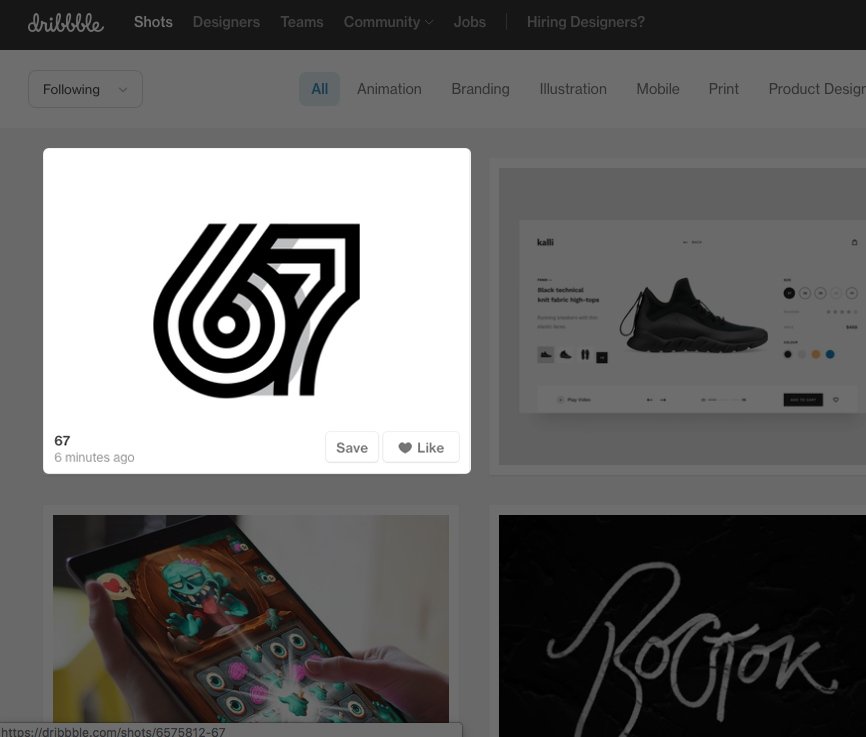Does knowing how many users have interacted with a story, photo, or blog post influence your judgment on whether to like/dislike it? Is the likes and comments economy creating bias in our responses?
I want to discuss the power of user experience design and how it has the dynamic, vivid ability to transform a product (for better or worse) – simply by envisioning its interactions differently. For example, a social media platform adopting an unbiased subjectivity for users and how they may interact with individual items by concealing the likes/dislikes.
Users can engage with others’ posts without needing to know the creator, number of views, likes, or comments – hence not being influenced to like, comment, or follow the user.
“Regardless of whether the inquiry is how to manage an unfilled popcorn box in a cinema, how fast to drive on a specific stretch of highway, or how to eat the chicken at an evening gathering, the actions of everyone around us will be significant in defining the answer.” – Influence: The Psychology of Persuasion, by Robert Cialdini.
There is a heuristic most of us use to determine what to do, think, say, and purchase: the principle of social proof. To know what is right, we are influenced by what other users are doing.
Asch’s conformity experiment also draws a similar conclusion in a different setting, where users may be influenced by social pressure from a majority group to conform to a rule.
Hence, it is important to understand that tools such as likes/dislikes, comments, subscriptions, followers, etc., may serve as digital currency to resonate with individuals’ status, yet these are prone to bias and false interpretation.”


